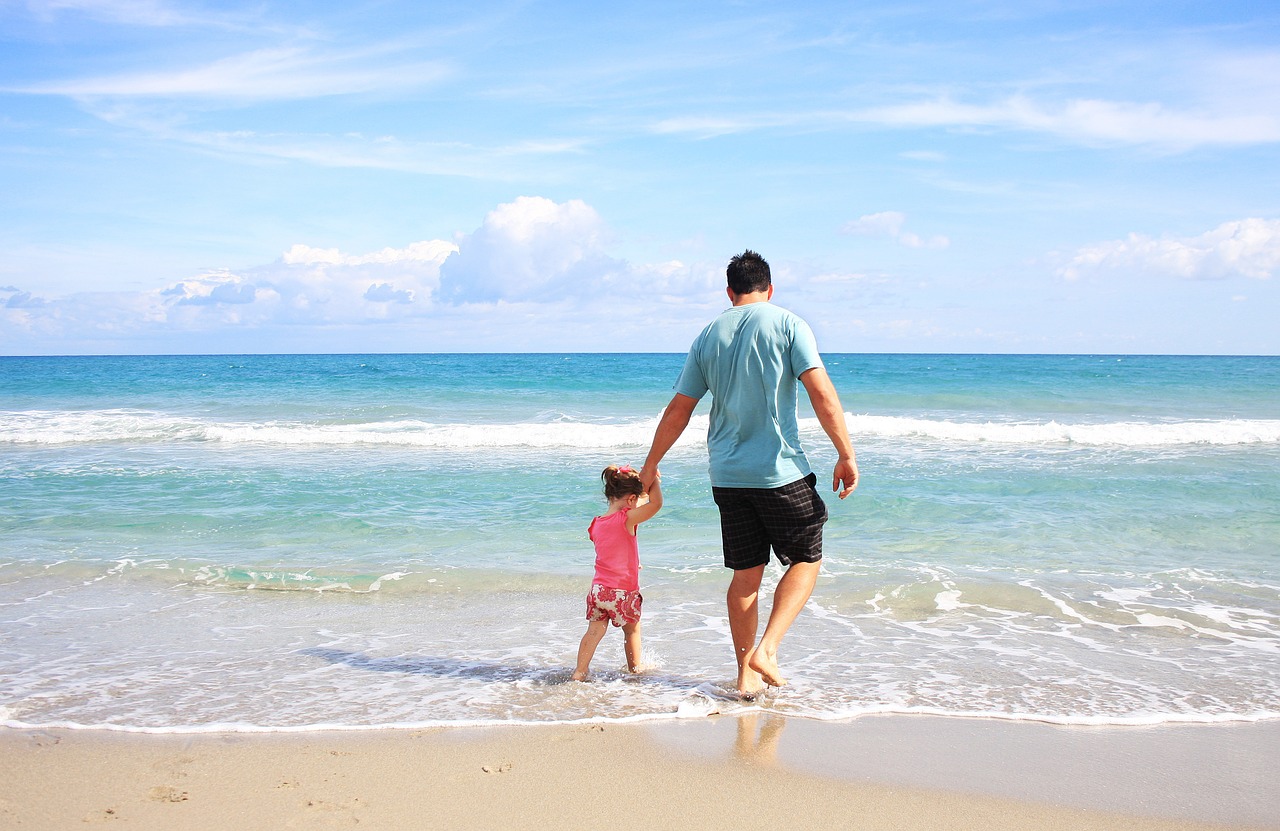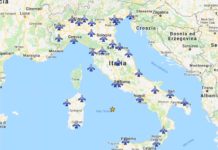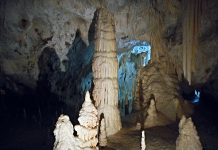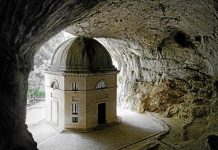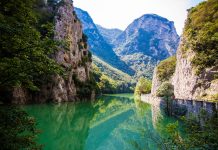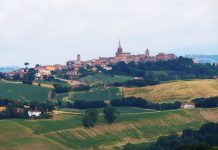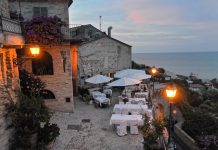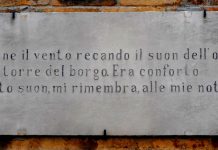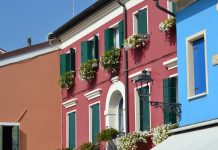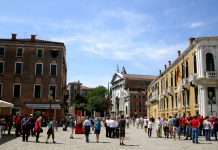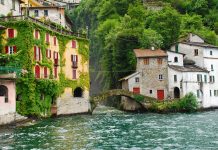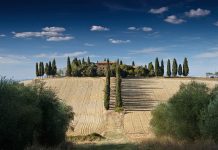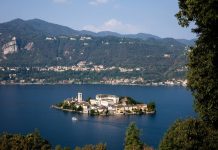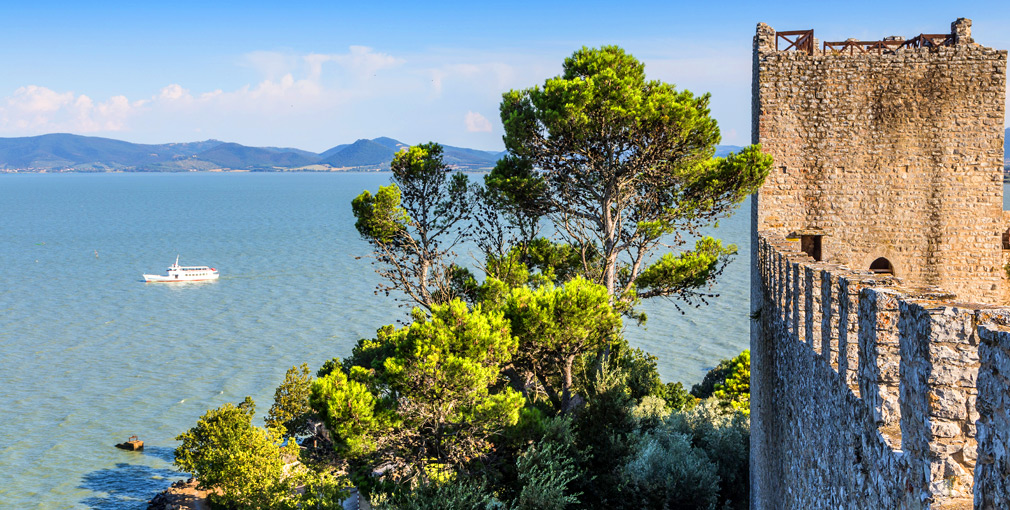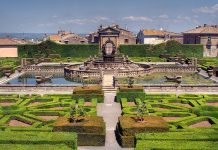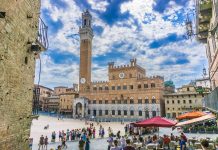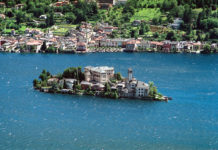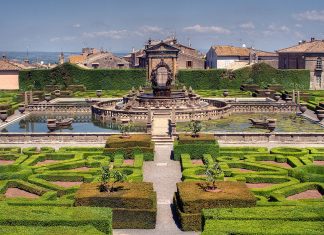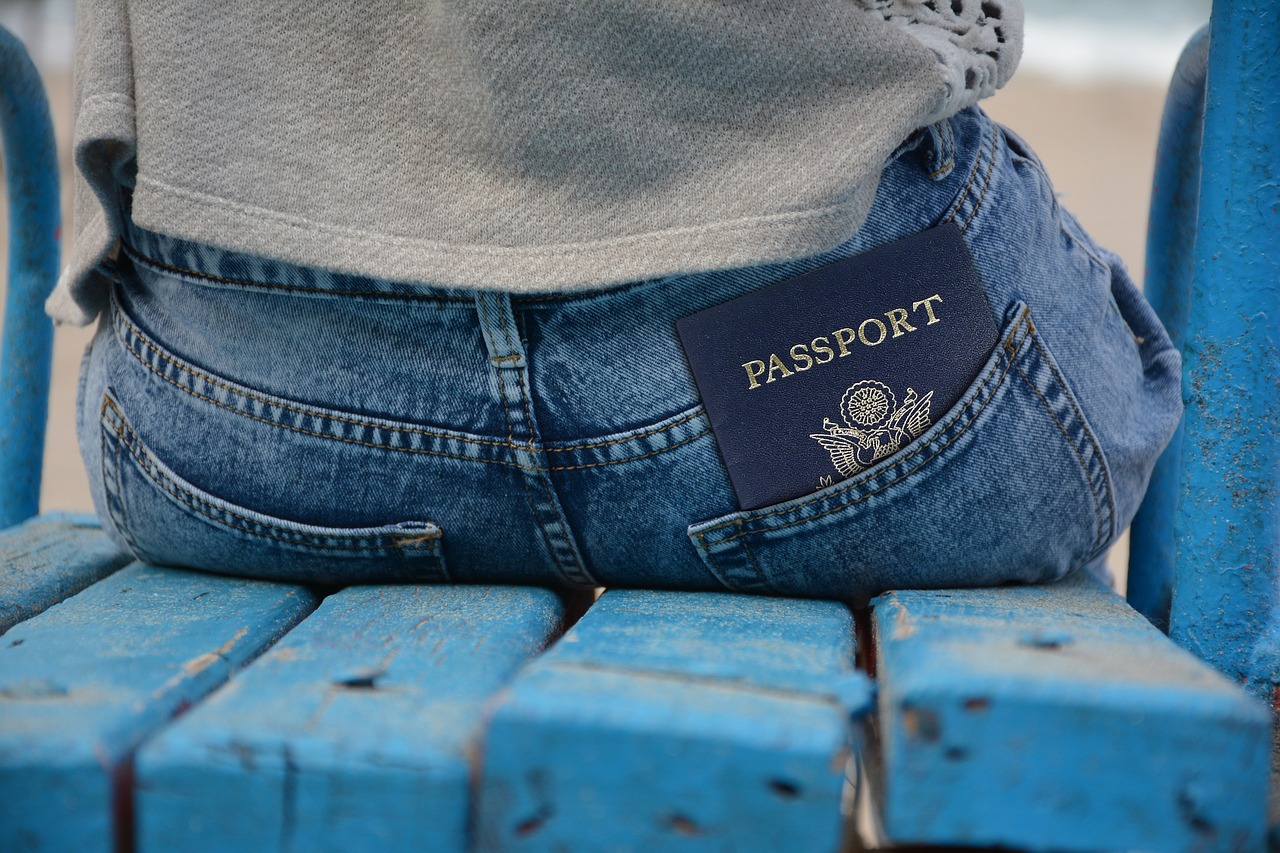THE LAKES OF CENTRAL ITALY
Although the northern Italian lake district is more famous, central Italy is also home to a variety of lakes and lakeside towns. Lake Vico, Martignano, Bolsena, Trasimeno, and Bracciano are the most important ones.
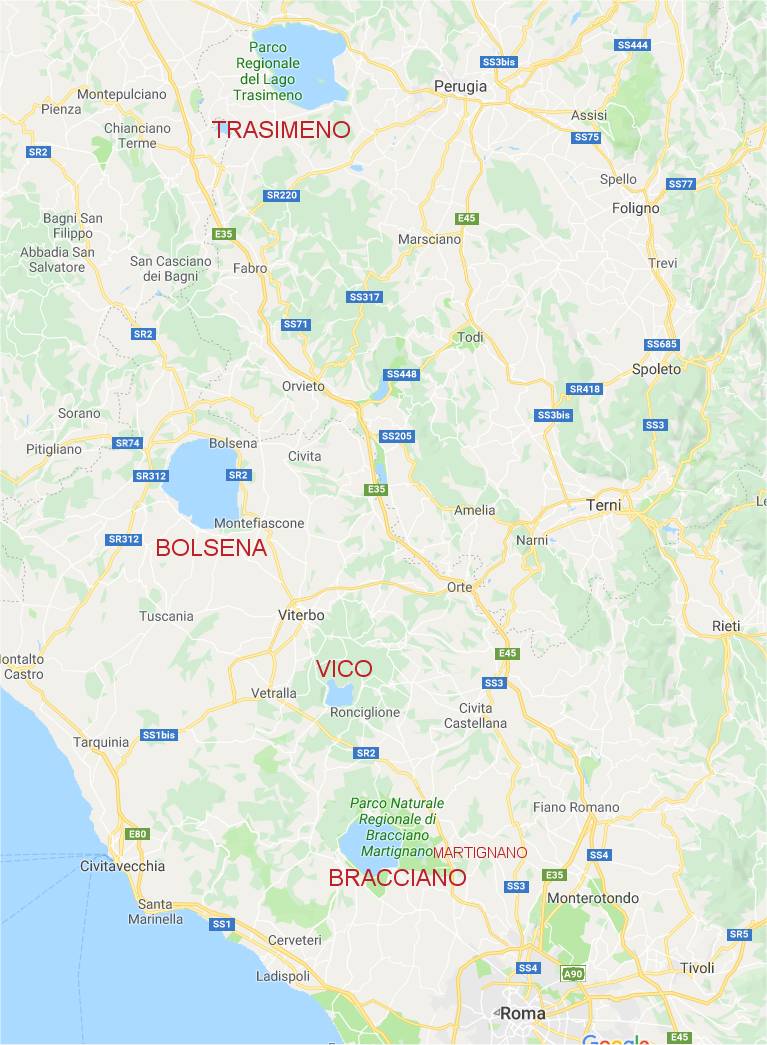
LAKE OF VICO / LAGO DI VICO
This volcanic lake is the highest lake in Italy. Found between the areas of Caprarola and Punta del Lago, this lake is a nature reserve. This well-kept nature reserve is named the “Riserva naturale del Lago di Vico”, literally the natural reserve of Lake Vico.
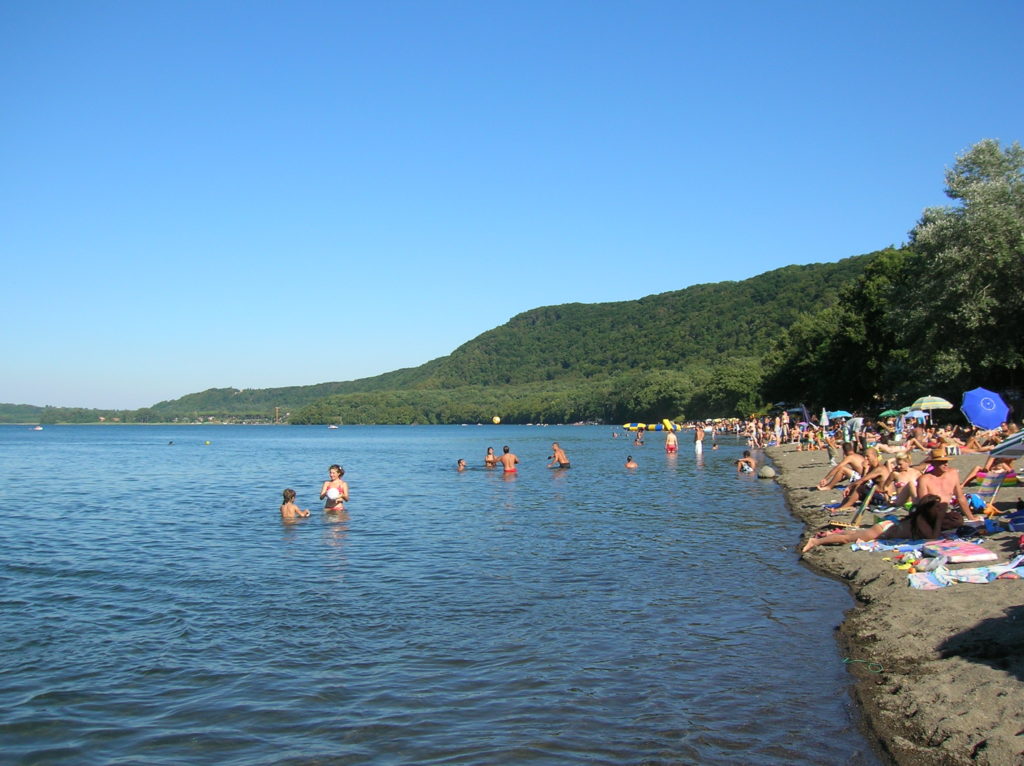
This land has given birth to a variety of plant and animal life. The rare and unique plants found in this area create a fascinating spectacle and make this lake quite beautiful to explore. Nearby, you can enjoy Caprarola’s hot springs and you can visit the beautiful Villa Farnese. The lake is in the north-west of the Ronciglione region.
LAKE OF MARTIGNANO / LAGO DI MARTIGNANO
This tiny lake is the smallest of the lakes near the capital city of Rome. The small size of Lake of Martignano has allowed it to remain a hidden gem among many of the other well-known lakes of the area. There are many places open during the summer months to enjoy food and drinks on the lake-side. Additionally, there are large grass areas on the shoreline to relax in and get tanned. The lake is a quick trip from Lake Bracciano by car or, if you’re feeling sporty, you can also reach it by foot as it’s only a few kilometers away.
LAKE OF BOLSENA / LAGO DI BOLSENA
The Lake of Bolsena is also a bit off of the beaten path. It doesn’t draw large crowds of tourists but it’s also a beautiful and hidden gem. This is an area rich in food and wine cultures and traditions. Montefiascone is the lake’s main wine producing area and it also has a beautiful cathedral. The town of Bolsena is of course a must-visit along the lake’s shore. Capodimonte sits on a small peninsula of land surrounded by the lake; this is similar to Sirmione’s position on Lake Garda in the north of Italy.
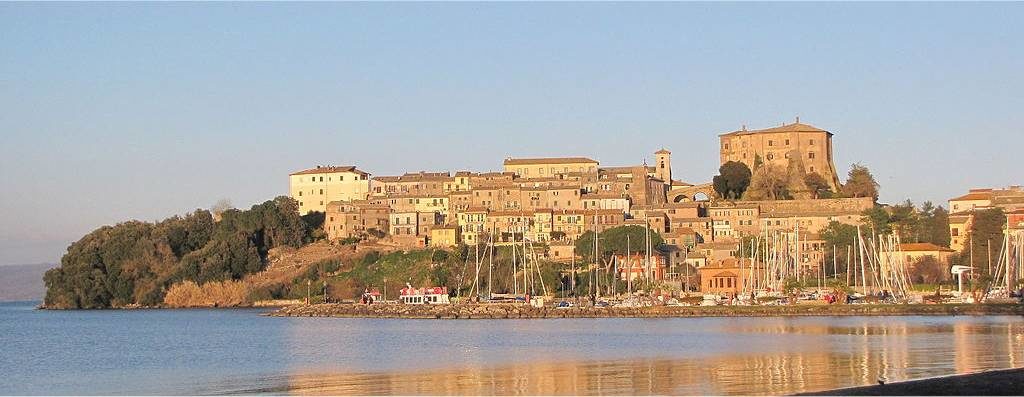
The lake used to be a caldera, a crater formed from a cauldron of magma which destroyed the Earth’s surface above. This caldera was then filled with water from rainfall, runoff and the aquifer, forming the lake. After the lake was created, eruptions from beneath also formed the Martana and Bisentina islands. Roman records report volcanic activity in this area during around 104 BC but it has been dormant since then. The lake is situated in the province of Viterbo and is a good stop on the way if you’re traveling to Rome from the north.
LAKE TRASIMENO / LAGO DI TRASIMENO
In the province of Perugia, in the beautiful region of Umbria, lies the well-known Lake Trasimeno. An ancient Roman battle between Gaius Flaminio and the army led by Hannibal of Carthage took place near the lake; it was called the battle of Lake Trasimeno. Lake Trasimeno was formed by tectonic plate activity. This body of water used to sit in the Tyrrhenian Sea about 5 million years ago. When the sea level started dropping, this area remained filled with water and the lake was formed. The lake’s water supply has been in danger throughout the years, even drawing the attention of the famous Leonardo Da Vinci at some point – a project of his that never came to fruition.
Powerful landowners have caused some frightening moments for Lake Trasimeno as they used too much of its water. By channeling nearby tributaries into the lake, the lake’s water level has been mostly stabilized. But this lake does always remain in danger. Even so, this is the largest lake of Italy’s main peninsula with a massive 128 sq km area.
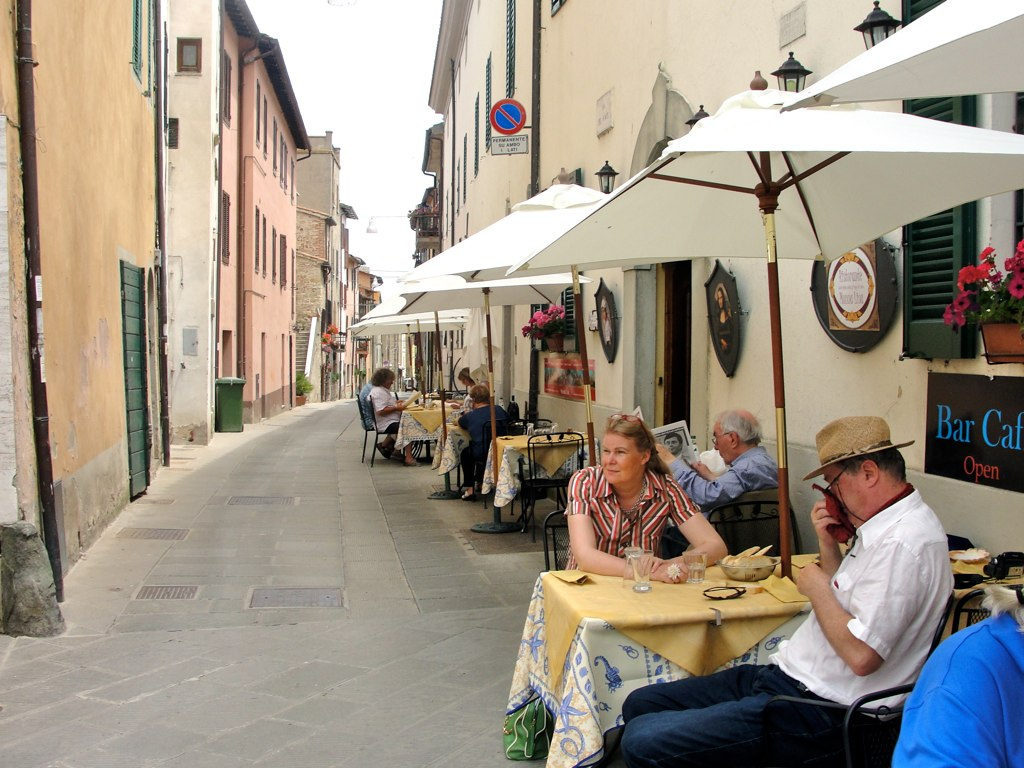
CASTIGLIONE DEL LAGO, UMBRIA, ITALY
One of the most magnificent villages in the country lies on the coast of Lake Trasimeno – Castiglione del Lago. In this area, biking is one of the best ways to enjoy the natural surroundings. Panicarola is the most spectacular town of the Castiglione del Lago section of the lake shore.
In addition to this, the rest of the lake’s shore holds a combination of public and private beaches for visitors to enjoy. Ferries in the lake-side villages and the lake’s islands make it very easy to visit all the tourist sites. This large body of water is also home to three islands. The most fascinating of these islands is probably Isola Maggiore with its population of just 18 people. The biggest island is Isola Polvese which since 1995 has been recognized as an environmental educational area, becoming a protected site for scientific and environmental studies. Lastly, inhabited by an abundance of cormorants, a species of aquatic birds, is Isola Minore.
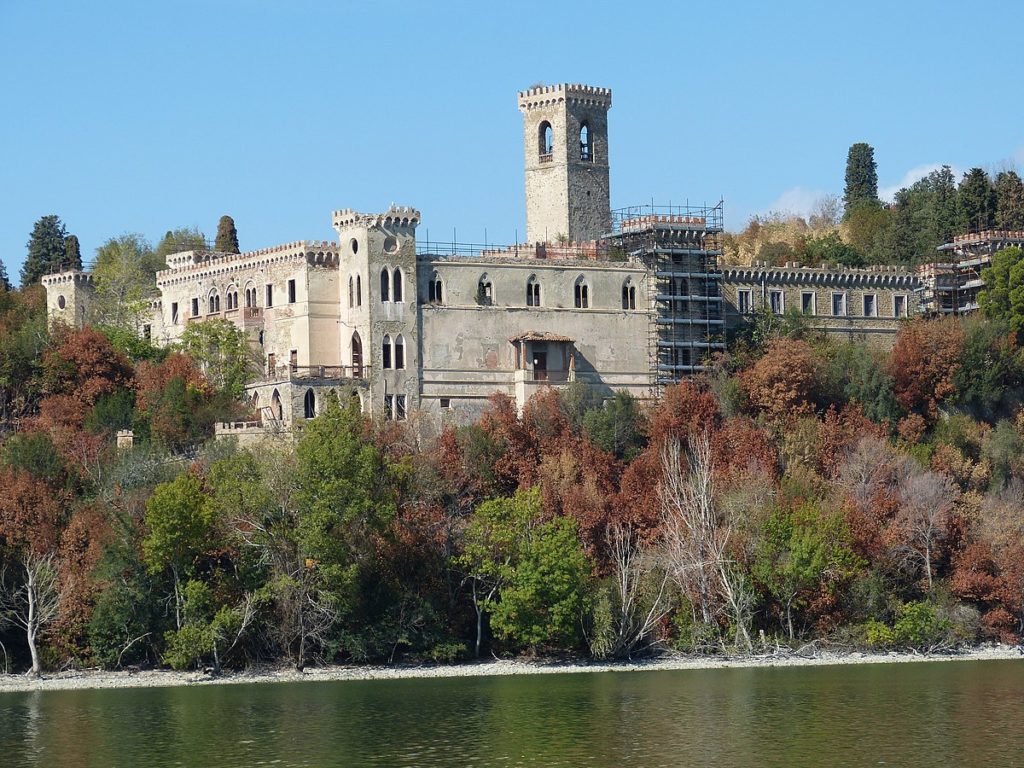
LAGO TRASIMENO ISOLA MAGGIORE VILLA ISABELLA
This lake is relatively simple to get to by car or public transport. Buses are avilable from the train stations of Castiglione del Lago, Passignano sul Trasimeno, Tuoro sul Trasimeno, Terontola, Chiusi-Chianciano, or Magione. Additionally, buses travel between the major lake towns on the lake shore as well. If you are coming by car, you can take the Perugia exit from the E45, following signs for Lake Trasimeno. You can also come from the autostrada del Sole, northbound take the Chiusi-Chianciano exit / southbound take the Valdichiana exit. It’s an easy trip from tourist attractions like Pieve within Perugia or Cortona, technically located in the region of Tuscany, but nonetheless very close to the lake!
LAKE BRACCIANO / LAGO DI BRACCIANO
Lake Bracciano is an almost a perfect circle and it almost looks man-made. However, it was actually created by volcanic activity. It is a great stop on the way to Rome coming from up further north. As mentioned before, Lake Bracciano is quite close to the Lake of Martignano, as well as to the natural reserve of Monterano. The Sabatino complex is a section of land areas affected by great volcanic activity.
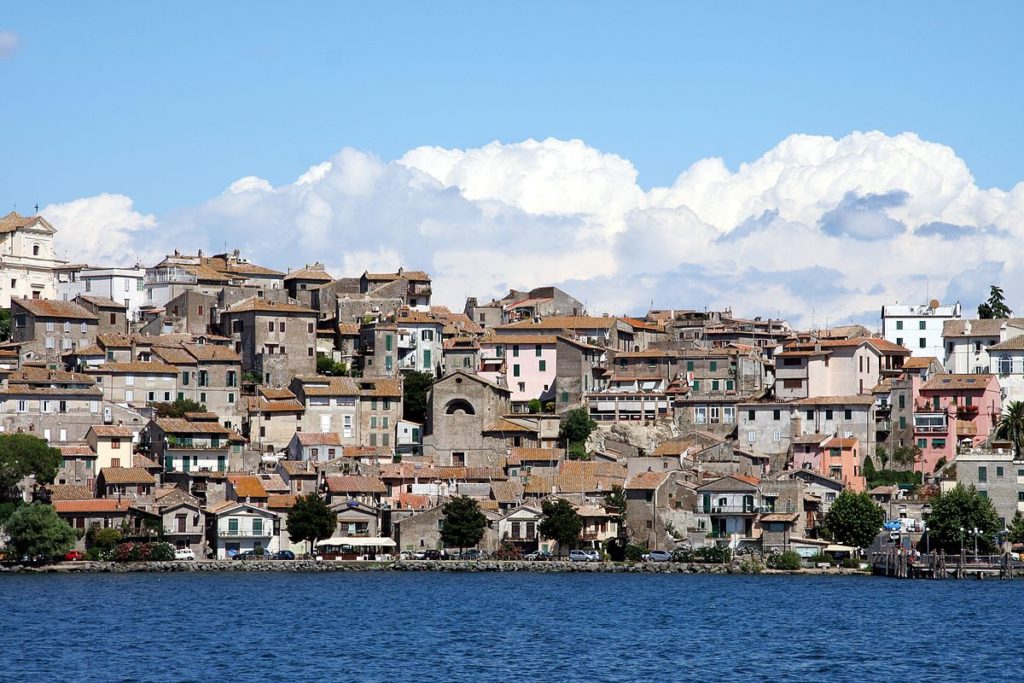
This lake sits within the Sabatino complex and was also created by ancient natural disasters.
The most popular attraction of Lake Bracciano is probably the town of Bracciano itself. Bracciano is known for the papal palace, also called the Orsini-Odescalchi Castle, built between the 10th and 11th centuries AD. Anguillara Sabazia, a town along the lake shore, is also worth visiting for its medieval town center. Trevignano Romano is a well-known section of coast on the lake, with small shops and cozy vibes. Finally, make sure you don’t miss the beautiful sunset in Lake Bracciano as well as its collection of ducks and swans.


